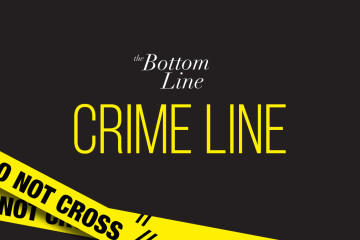What is the Green New Deal?
The Green New Deal, a set of proposed economic stimulus programs in the United States, aims to address climate change and economic inequality. Co-sponsored by 18 Democratic representatives, the 14-page resolution was proposed by Senator Ed Markey (D-Mass.) and Representative Alexandria Ocasio-Cortez (D-N.Y.) on Feb. 7, 2019. The name of the resolution references the New Deal, a set of social and economic reforms undertaken by President Franklin Delano Roosevelt after the Great Depression. The Green New Deal is focused on job creation through the development of renewable energy and resource efficiency. The term was first proposed by Thomas Friedman in The New York Times in Jan. 2007. The concept was eventually turned into an extensive plan by the Green Party of the United States and was an aspect of Jill Stein’s presidential platform in 2016. NGO supporters include GreenPeace and the Sierra Club.
The resolution is a sweeping condemnation of policies that have historically under-served “frontline and vulnerable communities,” defined as racial minorities, women, and the youth of our country. As such, the proposed job creation aims to improve the circumstances of these groups, especially in terms of addressing poverty. On the science side of the issue, the resolution begins by nodding to an Oct. 2018 report by the Intergovernmental Panel on Climate Change entitled “Special Report on Global Warming of 1.5℃,” which wrote that “human activity is the dominant cause of observed climate change over the past century.” The report predicts massive financial losses for the United States in terms of damage to public infrastructure and loss in economic output by 2050. The Green New Deal suggests that our response to this inevitability be a reduction in global greenhouse gas emissions from human sources by 40-60% by 2030, and to net-zero by 2050. The resolution suggests that, due to the disproportionate amount of pollution emitted by the United States, it is our responsibility to take a leadership role in the reversal of human-induced climate change.
On the social side of the issue, the resolution asserts that harm to the environment has been simultaneously experienced with harm to the aforementioned “frontline and vulnerable communities.” It cites the erosion of earning power, the third-worst level of socioeconomic mobility, and that access to basic needs has declined substantially for significant portions of the country’s population. The Green New Deal suggests that addressing these two crises together is a unique opportunity to improve the lives of our citizens, while also dedicating ourselves to a sustainable future. How does the resolution seek to do so? Through a 10-year “national mobilization” effort that makes public investments in the “research and development of new clean and renewable energy technologies,” through the “directing of investments to spur economic development while prioritizing high-quality job creation,” and by “ensuring that public lands, waters, and oceans are protected” in the process.
Critics of the resolution come from both sides of the aisle. They claim that the proposal is overly expansive and an incomplete solution to addressing climate change. President Donald Trump dedicated a portion of his speech at the Conservative Political Action Conference decrying the science behind sustainable wind energy saying, “when the wind stops blowing, that’s the end of your electric.” While clearly this is a false claim, it signals only the beginning of the divisive political rhetoric coming from the Republican base on this issue. Other critics cite the massive expense the Green New Deal will incur; however, supporters rebut that the measures will likely save even more money in the future.
What happens with the Green New Deal is unknown for now, but given the fact that not a single question related to climate change was posed to Hillary Clinton or Donald Trump during the presidential debates in 2016, at least now we’re talking.




